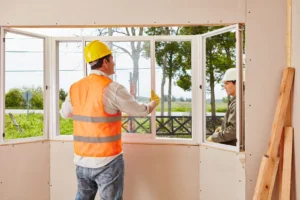Understanding Home Siding
Siding isn’t just about looks—it’s a critical protective layer for your home. It shields your exterior from weather, moisture, pests, and temperature changes, while also playing a major role in your home’s visual appeal. Choosing the right siding means finding the right balance between style, strength, upkeep, and budget to suit both your home’s design and your long-term needs.
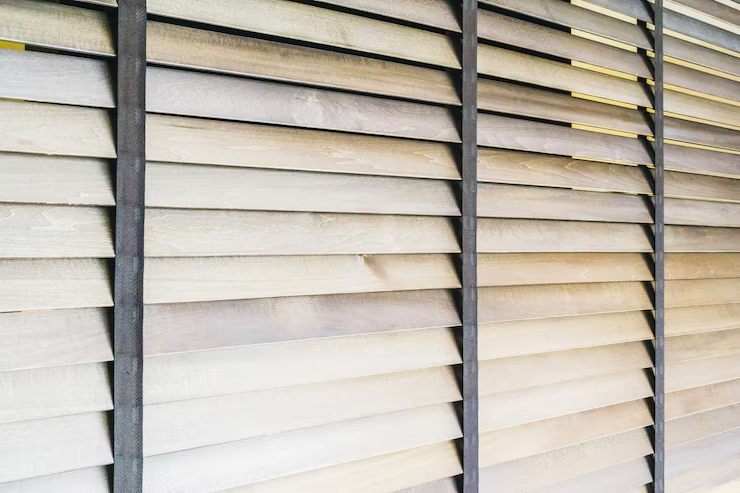
Popular Siding Materials
There’s no one-size-fits-all when it comes to siding. Each material offers distinct advantages depending on your home's style, climate, and maintenance preferences:
- Vinyl – A budget-friendly, low-maintenance option with a wide range of colors and textures. Ideal for homeowners seeking affordability and versatility.
- Fiber Cement – Mimics the appearance of wood but offers superior durability. It’s resistant to fire, insects, and harsh weather—making it a strong, long-term investment.
- Wood – Offers timeless curb appeal with a natural look, but requires frequent painting or staining to protect against rot and pests.
- Metal – Sleek, modern, and highly durable. It holds up well in extreme weather and resists fire, though it can be prone to dents.
- Stucco – Best suited for dry, warm climates. It provides a solid, smooth finish and strong insulation but can crack in wetter or colder regions.
- Brick & Stone Veneer – Delivers a classic, high-end appearance with lasting durability. Though more expensive, it requires little maintenance and adds strong visual appeal.
| Siding Type | Material | Best for Climates | Lifespan | Average Cost per Sq. Ft. | Pros | Cons |
|---|---|---|---|---|---|---|
| Vinyl Siding | PVC (Polyvinyl Chloride) | All climates | 20 to 40 years | $3 to $8 | Affordable, low-maintenance, versatile | Can crack in extreme cold |
| Fiber Cement | Cement, Sand, Cellulose | Humid or fire-prone regions | 30 to 50 years | $5 to $10 | Durable, fire-resistant, wood-like look | Heavy, may require skilled installation |
| Wood Siding | Cedar, Redwood | Mild, dry climates | 20 to 40 years | $6 to $12 | Natural beauty, eco-friendly | Requires regular maintenance |
| Brick Siding | Clay or Concrete Bricks | All climates | 50+ years | $8 to $15 | Long lifespan, low maintenance | High upfront cost |
| Stucco Siding | Cement, Sand, Lime | Hot, dry climates | 20 to 30 years | $7 to $14 | Energy-efficient, durable | Prone to cracking in wet climates |
Frequently Asked Questions
How do I know when it's time to replace my siding? +
Will new siding improve my home’s energy efficiency? +
How Home Siding Works
Siding acts as your home’s outer armor, guarding against harsh weather, improving energy efficiency, and shaping your home’s appearance. It’s made up of several layers, each serving a specific purpose:
- Sheathing: A base layer, often plywood or OSB, that strengthens the wall structure and supports the siding.
- Weather Barrier: A protective wrap that blocks moisture from seeping into the home while still allowing it to breathe.
- Siding Material: The visible exterior surface—vinyl, fiber cement, wood, or metal—that resists the elements and defines your home’s style.
- Optional Insulation: Some systems include added insulation for better temperature control and energy savings.
- Flashing & Trim: These seal the edges and direct water away from joints and seams to prevent leaks and maintain a finished look.
Together, these components form a complete system that protects your home’s structure and enhances its long-term performance.
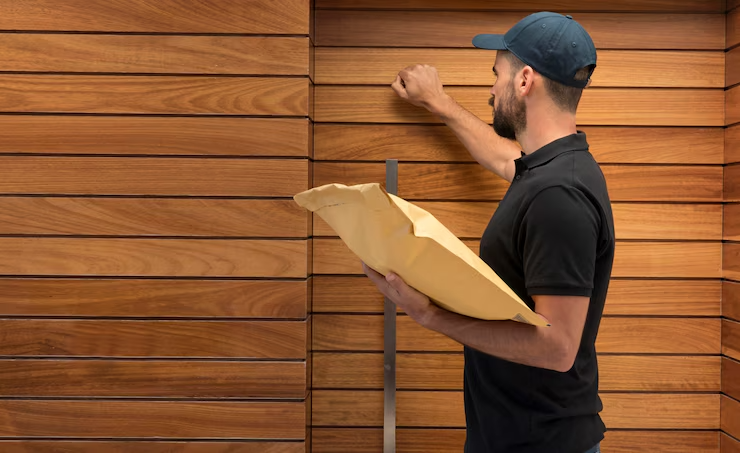
Frequently Asked Questions
Can siding be installed over existing siding? +
Do I need a permit to replace my siding? +
Choosing the Right Siding Color
Picking the perfect siding color goes beyond personal taste—it should enhance your home’s character and fit its surroundings. Keep these factors in mind:
- Architectural Style: Neutral or earthy tones tend to complement classic designs, while modern homes can support darker or more striking shades.
- Neighborhood Harmony: Choose a color that blends well with nearby homes to preserve curb appeal and neighborhood cohesion.
- Climate Considerations: In warmer areas, lighter shades can help reflect sunlight and keep indoor temperatures cooler.
- Roof and Trim Coordination: Your siding should complement your roof and trim colors for a balanced, unified exterior.
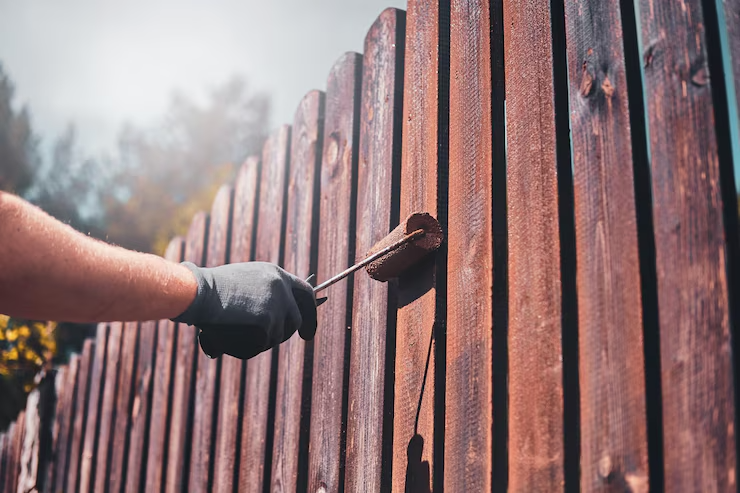
Frequently Asked Questions
How long does siding installation take? +
Will new siding increase my home's resale value? +
How to Choose the Right Siding for Your Home
Selecting the best siding involves weighing several key factors to ensure your home stays protected, efficient, and visually appealing. Since every home is different, your ideal siding choice will depend on these considerations:
- Local Climate: The weather where you live should guide your choice. Fiber cement handles humidity and fire risk well, stucco thrives in hot, dry regions, and vinyl or engineered wood works in colder climates without cracking.
- Home Style and Size: Low-maintenance options like vinyl are ideal for large homes, while wood or stone veneer complements older or traditionally styled houses.
- Budget: Vinyl is budget-friendly, while higher-end options like brick or stone cost more upfront but offer lasting value. Use a siding cost calculator to plan effectively.
- Energy Efficiency: Consider insulated siding or pair your material with foam backing to boost insulation and reduce energy costs.
- Maintenance Level: If easy upkeep is a priority, go for vinyl, fiber cement, or metal. Wood siding offers charm but requires more frequent care.
- Design Preference: Match your siding material and color with your home's architecture. For example, classic homes may suit brick or wood, while modern styles pair well with stucco or fiber cement.
Taking these elements into account will help you choose siding that protects your home and enhances its overall appeal. When in doubt, consult a siding professional to get expert advice tailored to your needs.
Maintenance and Longevity
The upkeep and lifespan of your siding depend on the material you choose. Here's a quick guide:
- Vinyl – Low-maintenance and durable; just needs periodic washing to keep it looking fresh.
- Fiber Cement – Long-lasting and pest-resistant, but will need repainting every 10–15 years.
- Wood – Offers natural beauty but demands regular sealing, painting, or staining to prevent rot and insect damage.
- Metal – Holds up well over time and resists pests, though occasional repainting may be needed to address fading or scratches.
- Stucco – Tough in dry climates, but should be checked for cracks and repainted every 5–10 years to maintain appearance and protection.
- Brick Veneer – Extremely durable with minimal upkeep—just monitor and repair mortar joints as needed.
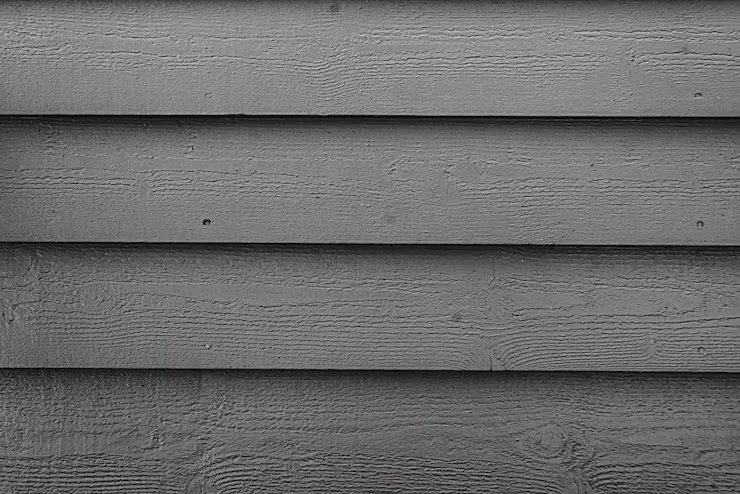
Frequently Asked Questions
What Are the Best Eco-Friendly Siding Options? +
How Does Insulated Siding Improve Energy Efficiency? +
Costs, Incentives, and Environmental Impact of Siding
When planning a siding upgrade, it’s important to consider both the financial and environmental aspects. Costs can vary based on the siding material, labor, and any added features like insulation. If you're looking to save on initial expenses, you might qualify for rebates or tax credits by choosing energy-efficient or environmentally friendly materials. Many local, state, and federal programs offer incentives for siding options that improve a home’s insulation and reduce energy usage.
Eco-conscious siding materials—such as fiber cement, engineered wood, and insulated vinyl—are not only durable but often incorporate recycled or sustainable components. These materials help minimize your home’s carbon footprint while improving insulation, which can reduce heating and cooling costs. Choosing sustainable siding is a smart way to boost energy efficiency and support environmental responsibility.
How to Choose the Right Siding Contractor
Selecting a dependable siding contractor is essential for a successful installation or replacement that lasts. Consider these important tips:
- Get Several Estimates: Don’t just accept the first offer. Collect multiple quotes to compare prices, materials, and project timelines, helping you find the best fit for your budget and needs.
- Review Quotes Thoroughly: Ensure each estimate clearly lists all costs—including materials, labor, permits, and any extra fees—to avoid surprises later on.
- Check Credentials and Experience: Ask about their past projects similar to yours, request client references, and look up online reviews to gauge their reputation and workmanship.
- Verify Licensing and Insurance: Confirm the contractor holds the necessary state licenses and carries liability and workers’ compensation insurance to protect you during the project.
- Be Wary of Large Deposits: Reputable contractors usually ask for a small deposit upfront, not a full payment. Avoid anyone requesting substantial payment before work begins.
- Inquire About Warranties: Make sure the contractor offers warranties on both the materials used and their labor, ensuring they stand behind their work long after installation.
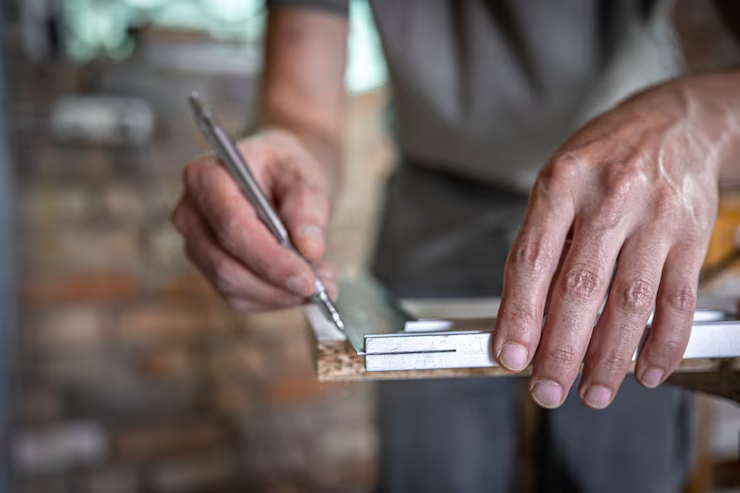






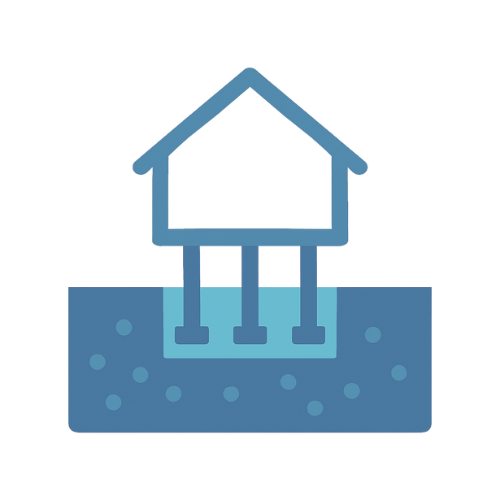



























 We have matching pros in your area!
We have matching pros in your area!

